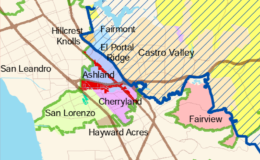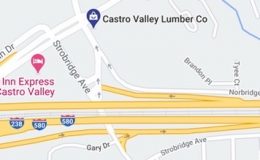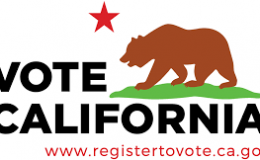Vehicle License Fee Timeline
- By : Michael Kusiak
- Category : Governance, Local Control, State of California
This timeline is based on information from the California Local Government Finance Almanac and the bill analysis for Senate Bill 25.
1935: VLF created
“Established in 1935 as a uniform statewide tax, the VLF is a tax on the ownership of a registered vehicle in place of taxing vehicles as personal property. By law, all revenues from the VLF fund city and county services, but the state legislature controls the tax rate and the allocation among local governments.”
1998: VLF rate cuts begin
Legislature begins cutting the VLF rate from 2% to 0.65% of a vehicle’s value, the State General Fund backfilled the lost VLF revenues to cities and counties. (VLF backfill)
2004-2005: “VLF adjustment amount”
Legislature enacts “VLF property tax swap”
- Property tax Revenues that otherwise would have gone to schools through the Educational Revenue Augmentation Fund (ERAF) are redirected to cities and counties. This replacement funding for the “VLF backfill” is known as the “VLF adjustment amount.”
- The State General Fund backfills schools for their lost ERAF money.
2006: AB 1602
- The 2004-2005 “VLF property tax swap” did not reallocate extra property tax revenues to cities that were not in existence when the State was compensating cities for the difference between the 2% and 0.65% VLF rates through “VLF backfill”.
- As a result, new cities received less VLF funding than they would have if they had incorporated before the “VLF property tax swap”.
- Legislature passed AB 1602 (Laird, 2006), which changed the allocation of VLF funds to restore the VLF revenues for city incorporations that were lost under the “VLF property tax swap”.
2011: Realignment/SB 89/Proposition 30
- Governor Brown’s 2011 Realignment Proposal shifted the responsibility for some state public safety programs to local governments.
- The Legislature passed Senate Bill 89 which re-calculated the Department of Motor Vehicle’s administration fund to $25 million and increased vehicle license registration by $12 per vehicle to offset DMV’s reduced budget. SB 89 also eliminated VLF revenues allocated to cities and shifted those revenues to fund public safety realignment.
- Proposition 30 (2012) amended the Constitution to permanently dedicate a portion of the sales tax and VLF to local governments to pay for the programs realigned in 2011-12.
Extensive materials about the Vehicle License Fee can be found at www.californiacityfinance.com.
Related: Cityhood Lost: California keeps Castro Valley unincorporated, new cities struggling


